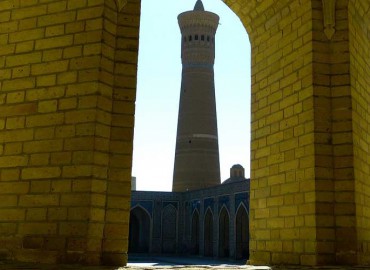
In a speech in London, Jaseem Ahmed, Secretary-General of the Islamic Financial Services Board (IFSB), reviewed some of the principal findings of the IFSB Stability Report for 2016. The following are key extracts from Jassem Ahmed speech.
Islamic Finance: Growth Performance
Article Overview
In comparison to the 2015 IFSB Stability Report, the global Sukuk outstanding, based on par value at issuance, declined in 2015 by 1.4% to USD290.6 billion. In contrast, the Takaful sector grew by 8.4% to USD23.2 billion, while the Islamic banking sector assets grew at 1.4% to USD1.5 trillion. Despite the modest growth of the banking sector, the cumulative growth rate has led to an increase in its systemic importance, with the number of countries that have more than 15% of banking sector assets in Islamic banking rising to 11.
Stability and Resilience of Islamic Finance
The Takaful sector remains in a relatively sound position, with the major issue being that the slowdown in global economic growth rates is likely to result in slower growth of ROA and ROE. A key development in the Takaful sector with cross sectoral implications is the significant shares of investment funds in Malaysia and Saudi Arabia being channelled into the Sukuk market.
Finally, the Sukuk sector has had the most adverse impact in terms of impact on growth of issuances and on profitability. This shows up principally in primary issuance markets where yields have been higher. At the same time, Sukuk have done well in terms of stability and resilience as measured by the negligible ratio of defaults, which stand at 0.17 % of the total issuance volume to date.
Sukuk Market Developments in 2015/16
After three consecutive years of above $100 million of issuances per year, 2015 saw a sharp drop in new issuances to about $65 million, resulting in a decline in total Sukuk outstanding. This also curtails the cumulative growth rate of Sukuk outstanding which had been about 16% between 2010-15.
At the same time, the investor and issuer base remained wide in 2015, with the Sovereign Sukuk issuance base actually expanding with issuances by the Sultanate of Oman and Cote D’Ivoire. There was also a return issuance by the IFC.
Second, the first four months of 2016 saw a strong start with issuances of nearly $30 billion, or nearly 50% of the total figure for last year. These issuances were led by Sovereigns but have also included the corporate sector. Amongst corporates, the GCC, Turkey and Malaysia were major issuers of regulatory compliance Sukuk, while Malaysia continued its strong performance in financing of infrastructure through Sukuk.
Third, as a result of the performance of this sector in 2016, there has been a reversal of the total stock of Sukuk outstanding which rose to $312 billion, which is higher than that observed in 2014, the previous peak for this number. Fourth, there appear to a be set of strong underlying factors that is likely to support sustained growth of Sukuk over the medium term which include the need for Sukuk to meet Basel and IFSB regulatory capital requirements, as well as for liquidity in the form of HQLA.
There is also the possibility of countries facing funding challenges widening their access to funding sources through Sovereign Sukuk. Infrastructure financing is likely to be another area of activity, especially through quasi-sovereign project financings. Finally, Malaysia, the World Bank and others are developing approaches to innovative uses of Sukuk for SRI, climate change and other social and economic goals.
Key Constraints and Issues
Cross-border issuances are converging towards more harmonised and standardised Sukuk structures that are generally agreed upon globally.
For instance, most of the international Sukuk issued by sovereigns and MDBs are consistently structured as Sukuk al-Ijara, given its generally agreed-upon structure and secondary market tradability. In 2007, more than 40% of the primary market volume was raised through Sukuk structured on Musharaka and Mudaraba contracts; in the last three years, the share of these Sukuk has been less than 10%.
There has also been some progress made in terms of Sukuk market infrastructure and its ancillary services. Sukuk are now being rated by both international ratings agencies as well as domestic agencies in countries where available; this has enabled a better pricing mechanism for the investors.







